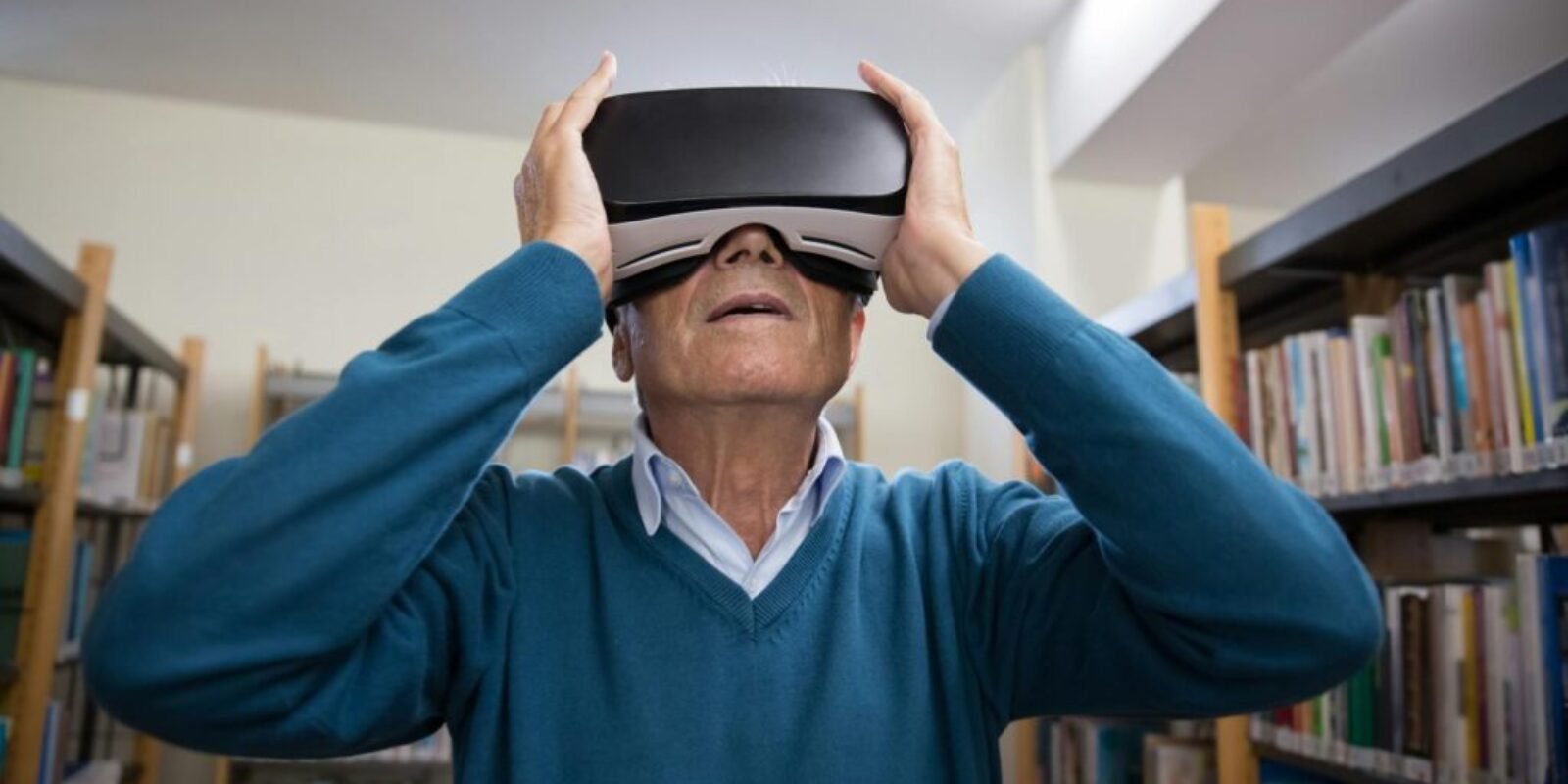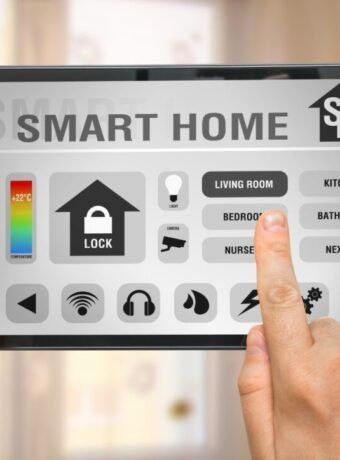Virtual reality, once a far-fetched dream, is now a vivid reality, transforming lives across generations. In senior VR entertainment, it’s more than just a buzzword; it’s a gateway to unparalleled experiences.
As we delve into this technological marvel, we uncover how it’s reshaping seniors’ leisure activities, offering them fun and a touch of the extraordinary. From rekindling old passions to exploring new worlds, VR is gracefully breathing new life into the concept of aging.
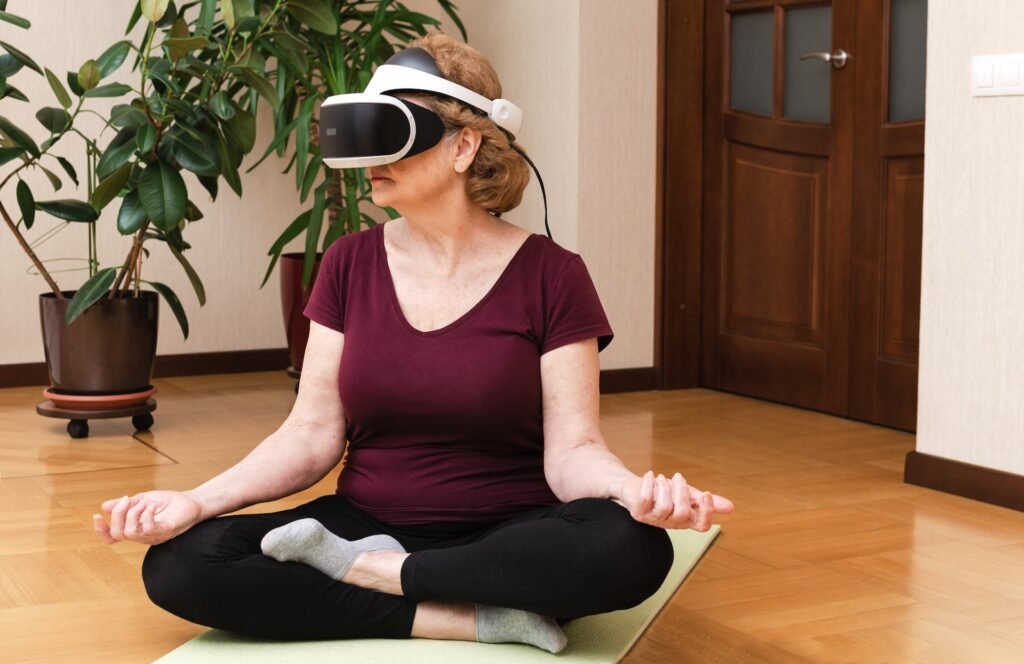
The Rise of Senior VR Entertainment
In the digital age, virtual reality (VR) is not just for the young and tech-savvy. It’s significantly impacting senior entertainment, revolutionizing how seniors experience leisure and wellness. This transformation is supported by recent studies and developments, making VR a fascinating area in senior care and entertainment.
Prefer to listen rather than read?
Revolutionizing Senior Living
Stanford University’s lab, renowned for its work in VR, conducted a study involving 245 older adults and 39 caregivers across 16 senior care communities. This study explored the psychological and behavioral effects of VR on seniors, marking a pivotal moment in understanding VR’s role in enhancing the lives of seniors.
Additionally, a Stanford University study at John Knox Village senior community explored VR’s potential to improve the emotional well-being of older adults. This study took residents on a virtual trip to the International Space Station, illustrating the immersive and emotionally enriching experiences senior VR entertainment can offer.

The Many Benefits of VR for Seniors
Virtual reality for seniors extends beyond mere entertainment; it’s a tool for education and healthcare. VR’s adaptability makes it an ideal fit for various aspects of senior living, from cognitive stimulation to social engagement.
Recent studies also indicate that VR can be instrumental in managing mental health issues like depression, anxiety, and post-traumatic stress disorder, which are common among seniors.
Large-Scale Adoption and Studies
The adoption of senior VR entertainment in living communities is gaining momentum. MyndVR, a company specializing in VR solutions for seniors, completed a large-scale national pilot involving hundreds of people in senior living communities. This pilot included individuals living independently and those with Alzheimer’s Disease and other age-related conditions, underscoring VR’s versatility in addressing diverse needs within the senior population.
The rise of senior VR entertainment marks a new era in how we approach aging and leisure. With ongoing studies and technological advancements, VR is poised to become a staple in senior entertainment, offering a blend of fun, therapy, and education.

As we continue to explore its potential, senior VR entertainment stands as a testament to the evolving landscape of senior care, where technology and human experience converge for a better quality of life.
A New World of Games and Experiences
Virtual reality (VR) is not just transforming how seniors play games; it’s reshaping their entire experience of entertainment and social interaction. The latest VR games and experiences offer seniors a blend of fun, cognitive engagement, and social connection, which is essential for their overall well-being.
Immersive and Realistic Experiences
- Real VR Fishing provides an incredibly realistic fishing experience. It’s one of the most popular games on the Oculus Quest 2. Its a senior VR entertainment title where you can enjoy exploring beautiful locations, catching fish, and unlocking new equipment and areas. There’s also a popular multiplayer component for socializing with others.
- Walkabout Mini Golf VR takes the loved aspects of real-life mini-golf into the virtual world. It features accurate physics, numerous courses, and multiplayer fun. This game entertains and helps with hand-eye coordination and spatial awareness.
- Shores of Loci offers a beautiful and relaxing 3D puzzle experience. Players interact with 3D cities and landscapes to solve puzzles, providing cognitive stimulation and a sense of achievement.
- Spacefolk City is a fun, casual city-building simulation set in space. Players create colorful cities, manage their Spacefolk citizens, and complete goals, engaging their planning and strategy skills.
- Nature Treks VR allows seniors to visit various amazing worlds, explore beautiful locations, and interact with animals. This experience is perfect for those seeking a peaceful and immersive nature experience.
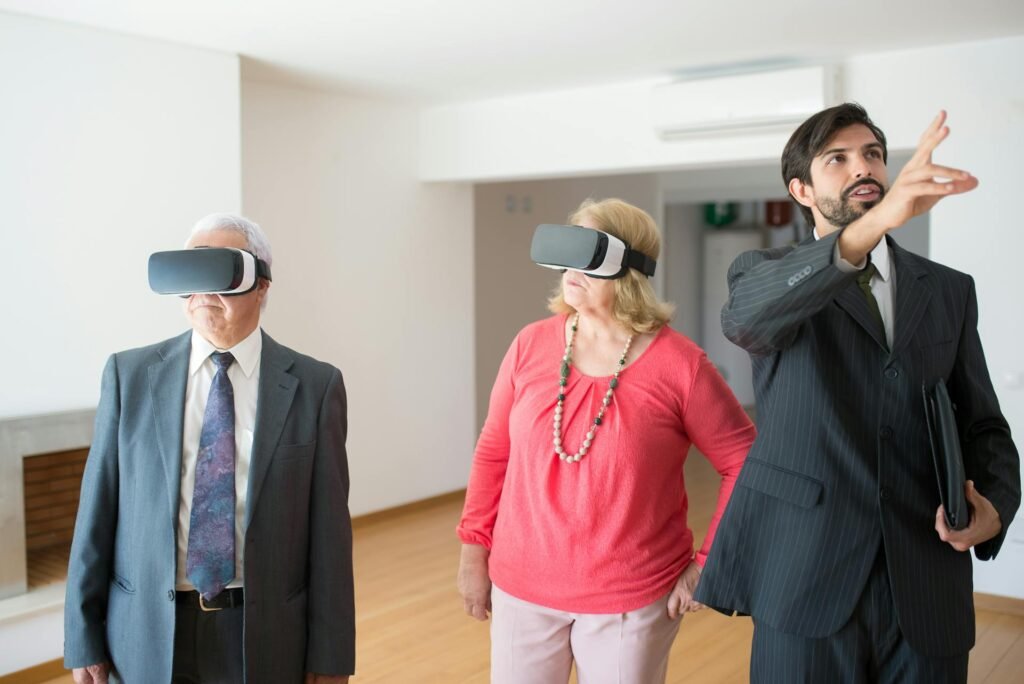
Health and Fitness Oriented
- Guided Tai Chi offers a senior VR entertainment of Tai Chi, a form of Chinese martial art known for its health benefits. This VR experience is excellent for reducing stress and improving flexibility and balance.
- Wander VR enables seniors to virtually explore the world. From iconic landmarks to natural wonders, this game offers limitless exploration opportunities without leaving home.
Educational and Socially Engaging
- Zen Zone is a relaxation senior VR entertainment app available on the Oculus Go. It guides users through meditative experiences, like creating a Zen garden. This app promotes mental tranquility and stress relief.
- Everest VR offers a virtual climb of Mount Everest, from base camp to summit. It’s educational, focusing on problem-solving and motivational stories from real climbers.
- RUSH provides the thrill of wingsuit flying. Seniors navigate canyons and dodge obstacles, enhancing manual dexterity and quick decision-making skills.
- Rec Room is a social VR space where seniors can interact with family, friends, or new people. It hosts various games and activities, promoting socialization and a sense of community.
VR offers seniors a new world of games and experiences that are entertaining and beneficial for their mental and physical health. These games and experiences provide a unique blend of fun, social connection, and cognitive stimulation, crucial for enhancing the quality of life in the golden years.

Beyond Entertainment: VR as a Therapeutic Tool
Virtual Reality (VR) and Augmented Reality (AR) are emerging as powerful tools in the therapeutic realm, especially for seniors. Their application goes far beyond senior VR entertainment, touching various aspects of health and wellness.
VR Therapy: The Pain is Real, the Relief is Virtual Reality.
Researchers and tech companies have only recently begun to investigate the possibilities of senior VR entertainment in therapies to manage pain. But progress in this field has been remarkably rapid, spurred in part by the opioid epidemic and the plummeting price of VR technology and equipment.
The results of initial research have been impressive. Researchers have so far successfully used a combination of VR therapy and VR entertainment technologies to relieve pain ranging from that which we associate with intravenous injections to serious burns.
Studies suggest that VR devices can also enhance the efficacy of established pain management methods like hypnosis, physical therapy, and behavioral therapy in helping patients who suffer from debilitating chronic pain.
Research shows that one out of every 10 people in the world – around 60 million people – suffer from chronic pain.
Unlike short-term acute pain, chronic pain can have lifelong and life-altering physical and psychological effects, especially among older people, explains Beth Darnall, a psychologist and director of the Stanford Pain Relief Innovations Lab.
“You have now literal changes in your nervous system as a consequence of experiencing pain long term,” Darnall says. “You have stored tension, you have maybe persistent anxiety, your activity levels have changed, you have sleep problems.”
Fortunately, relief may be just around the corner for millions of older people who suffer from regular bouts with pain. In 2021, the US Food and Drug Administration (FDA) authorized the first VR therapy to help people manage chronic pain.

A Combination of Entertainment, Education, and Therapy
Called RelieVRx, the first ever FDA-approved senior VR entertainment in the US teaches people how to manage chronic pain using strategies that physicians already know work. These proven strategies include mindfulness, cognitive-behavioral therapy, and relaxation.
“We are helping people unlearn some physiologically hardwired pain processes that over time become unhelpful,” says Darnall, who helped develop the program. “It’s fundamentally skills-based.”
Patients use the RelieVRx device six minutes a day for eight weeks. That seems to be sufficient for most patients to acquire skills to manage their pain, says Darnall.
RelieVRx is meant for home use. That means seniors do not even need to schedule appointments with a therapist to receive treatment.
Other programs, such as SnowWorld, take an entirely different approach to VR therapy. Designed by Dr. Hunter Hoffman, director of the VR research center at the University of Washington, SnowWorld helps burn patients overcome the pain that comes with having their wounds cleaned.
Many burn patients have said that having their wounds cleaned and disinfected is like being burned again, no matter how carefully doctors try to be gentle with their injuries. To provide relief, Hoffman has devised a way to use VR technology and virtual imagery to help patients cope with the pain.
“We created a world that was the antithesis of fire,” Hoffman says. “A cool place, snowmen, pleasant images, just about everything to keep them from thinking about fire.”
But experts say the combination of VR education, VR entertainment, and VR therapy does more than just divert the attention of patients from pain. The technologies engage multiple senses, overpowering the brain with so many stimuli that it is unable to register pain signals.
Other researchers and companies are even now exploring VR therapy for postoperative pain and pain associated with dental procedures and even childbirth.
While researchers and scientists are likely still years away from making senior VR entertainment the ultimate remedy for chronic pain, the technology is already proving to be extremely useful for millions of people, many of whom are seniors.
Promoting Health and Rehabilitation
The use of VR and AR in health promotion is showing promising results. These technologies support rehabilitation and contribute to maintaining motor abilities, fitness, cognition, balance, and memory in older adults. Particularly in psychotherapy and rehabilitation, senior VR entertainment tools can enhance the well-being of aged individuals and help them fend off depression. It includes training cognitive and physical functions in individuals with mild cognitive impairments.
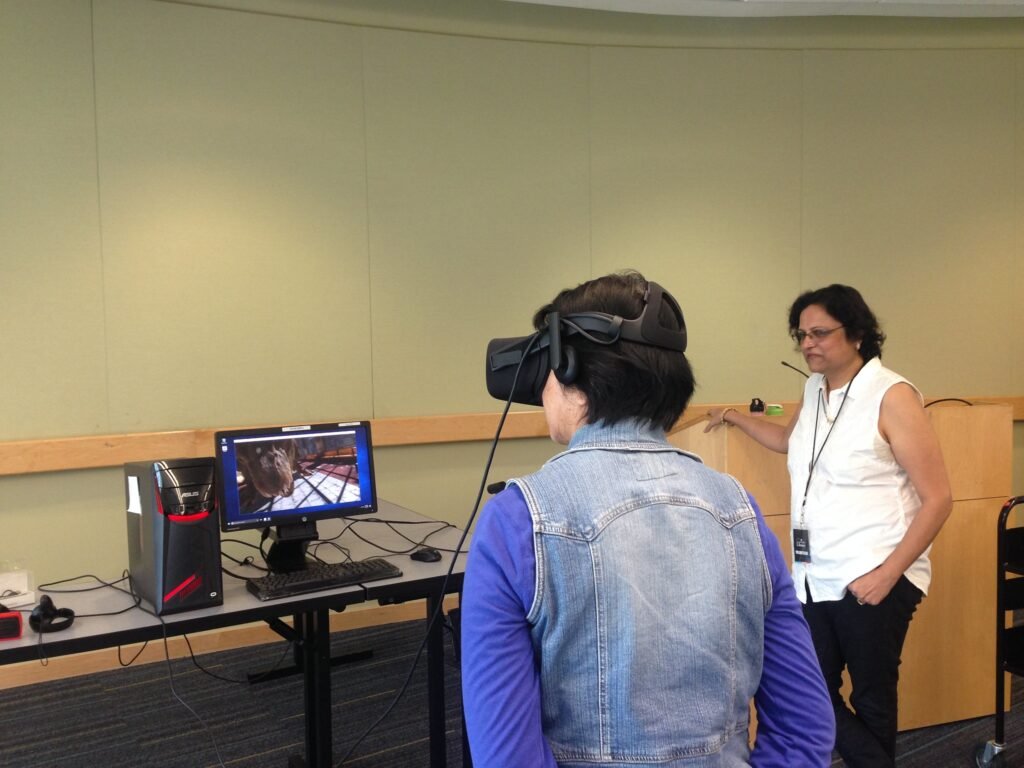
Enhancing Social Interaction and Emotional Well-being
AR and VR can also significantly impact social interaction and emotional well-being. Following the popularity of games like Pokémon GO, games incorporating AR offer leisure experiences that can be adapted for seniors. Moreover, senior VR entertainment enables older adults, especially those with mobility limitations, to engage in virtual social activities. These activities range from playing games together to virtually visiting museums, providing valuable social interactions, and helping to overcome the limitations imposed by physical distance or mobility issues.
Emerging Research and Future Developments
While the field is still evolving, current findings suggest that VR interventions hold great promise. Investing in training and support for seniors navigating VR/AR technology is crucial to ensure their effectiveness and increase participation among older adults. This also includes adapting general technological recommendations to VR and AR applications’ unique needs, such as for medication management or exercise.
VR and AR are transcending the boundaries of traditional entertainment, offering innovative ways to enhance seniors’ health, social connections, and overall well-being. As research continues to evolve, these technologies are poised to significantly shape therapeutic interventions for seniors.
The rise of VR in senior entertainment requires a thoughtful approach due to challenges and adoption factors.
Challenges and Considerations in Senior VR Entertainment
As virtual reality (VR) becomes more prevalent in senior entertainment, it’s crucial to address the challenges and considerations that come with its adoption. While VR offers immense potential, its practical implementation among seniors is not without obstacles.
Digital Literacy and Accessibility
One significant challenge is the digital divide. Many seniors lack the necessary digital skills and access to technology, making it challenging for them to benefit from VR. A study across 17 European countries found that nearly half of the seniors over 50 did not use the internet.
Factors such as education, health, income, and prior experience with IT impact their ability to engage with digital tools. This gap is more pronounced among elders in long-term care facilities, who often have limited financial resources and multiple health conditions.
Attitudes Toward Technology
Another issue is the varying attitudes of seniors toward technology. Many are accustomed to non-digital ways of performing daily tasks and may be hesitant to embrace new technologies like senior VR entertainment.
When designing VR tools, VR developers must consider these varied attitudes and skill levels. The technology should add value to seniors’ current lifestyles and facilitate their everyday activities in more advantageous ways than offline methods.
Diverse Abilities and Needs
The diversity in physical and cognitive abilities among seniors poses another challenge. Not all seniors have the same mobility, vision, or hearing capabilities, especially in the age range of 65-80.
VR systems need to be designed with these differences in mind, accommodating visual and auditory challenges and avoiding interference with existing aids like hearing devices. For people with dementia, overly realistic senior VR entertainment experiences might lead to confusion or hallucination.
Cybersickness
Cybersickness is an issue that affects seniors more than younger users. Symptoms like headaches, nausea, and motion sickness can be more pronounced in older adults, making their experience with VR less comfortable and potentially limiting the duration and frequency of VR use.
Environment and Care Conditions
The living conditions of seniors also play a critical role in the implementation of senior VR entertainment. Many seniors live with family or in care facilities, where factors like internet access and the digital literacy of care staff can impact the feasibility and effectiveness of VR programs. Developers must consider these environmental factors to ensure that VR applications are practical and beneficial in these settings.
Addressing these challenges requires a multifaceted approach involving technological advancements and educational and support initiatives for seniors. By understanding and catering to the unique needs and limitations of older adults, developers and caregivers can help bridge the gap. They can help realize the potential of senior VR entertainment and its practical, beneficial use.
The future of senior VR entertainment hinges on successfully navigating these challenges, ensuring that the benefits of VR are accessible and enjoyable for all seniors.
The Best VR Headset for Seniors
Choosing the right VR headset for seniors involves considering ease of use, comfort, and features that align with their needs. Here are three of the best VR headsets for seniors:
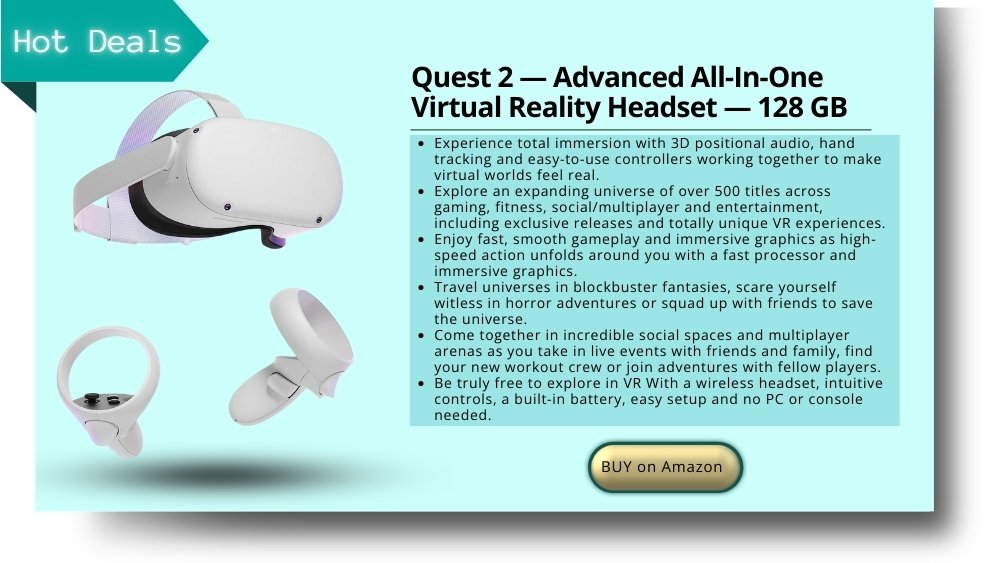
Oculus Quest 2
This headset tops the list as the best overall option for seniors. It’s a standalone VR experience, meaning it doesn’t require additional hardware. The Oculus Quest 2 is known for its comfortable design, lightweight, and wireless capability.
It also offers a high-quality audio-visual experience with a 90Hz refresh rate and 1832 x 1920 per eye resolution. Although setting it up requires a Facebook account, its affordability and array of applications make it an excellent choice for seniors.
BNext VR Headset
BNext VR Headset for Smartphones: This headset is ideal for seniors who prefer a phone-based VR experience and is compatible with iPhone and Android devices. It’s a great entry-level option, allowing users to watch videos and engage in various VR experiences.
While it doesn’t support the advanced gaming capabilities of the Oculus Quest 2, its affordability, versatility, and lightweight design make it a practical choice for seniors looking to enjoy a basic VR experience.
Oculus Go Standalone Virtual Reality Headset
As an alternative to the Oculus Quest 2 and BNext headset, the Oculus Go offers a comfortable, portable, and easy-to-use VR experience. Although discontinued by Oculus, it’s still widely available and offers features suitable for seniors, such as personal viewing and built-in audio.
The headset is lightweight and designed for effortless control. While not as technically advanced as the Quest 2, it provides a decent experience for seniors to stay mentally active and engaged.
Each of these headsets has its unique strengths, catering to the different preferences and needs of seniors. Whether seeking advanced all-in-one VR experiences or simple, mobile-compatible options, these headsets provide accessible and enjoyable VR experiences for seniors.
Conclusion
Virtual reality (VR) has opened a new chapter in senior entertainment, offering many experiences beyond traditional pastimes. From immersive games and social interactions to therapeutic tools and personalized experiences, VR redefines what it means to age actively and enjoyably.
As technology continues to evolve, the potential for senior VR entertainment to enhance the quality of life for seniors is immense. However, it’s essential to address the challenges and ensure accessibility to make the benefits of VR a reality for all seniors. With the right approach, VR can continue as a game-changer in senior entertainment.
Disclaimer
The content provided on MySeniors.World is for informational purposes only and is not intended as either financial or medical advice. Always consult a qualified professional before making any investment or health-related decisions.
Posts may contain affiliate links, meaning we earn a commission – at no additional cost to you, if you click through and make a purchase. Your support helps us continue providing valuable content.
